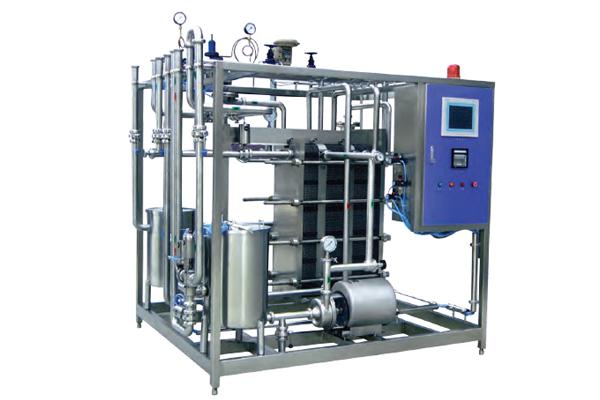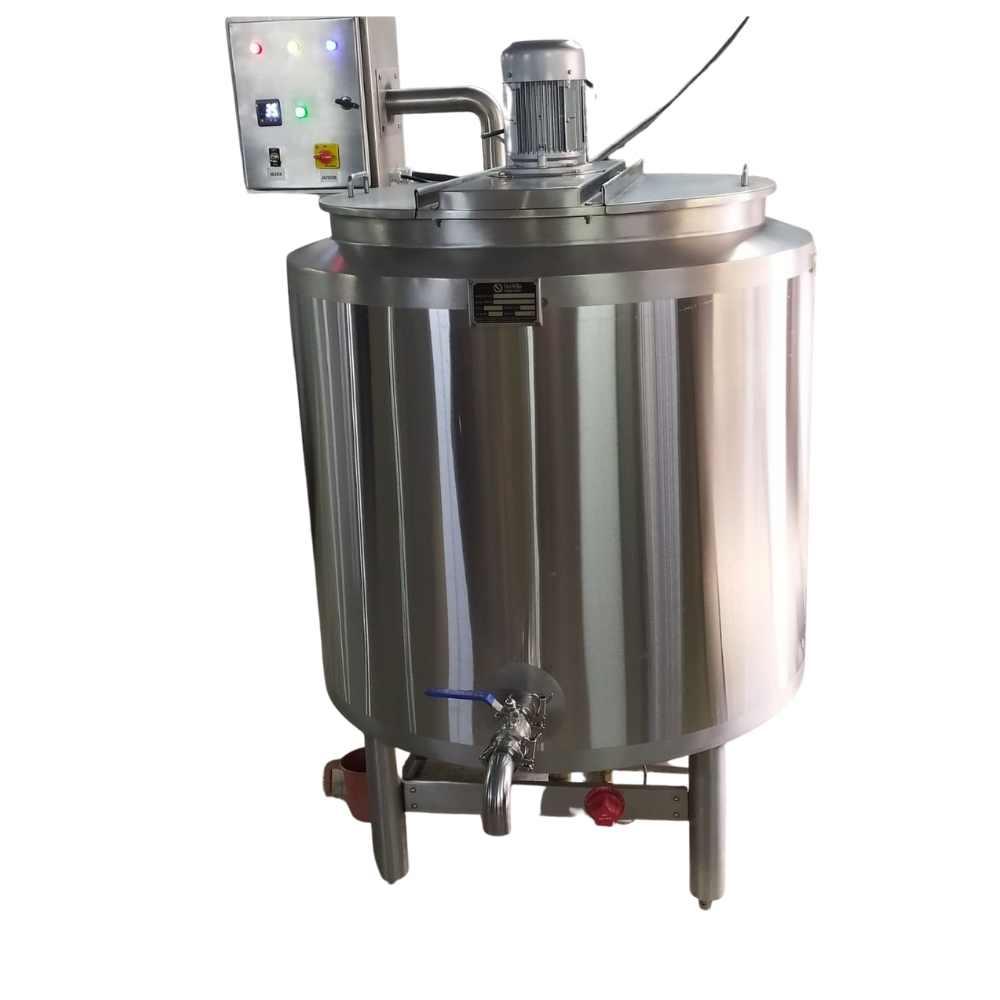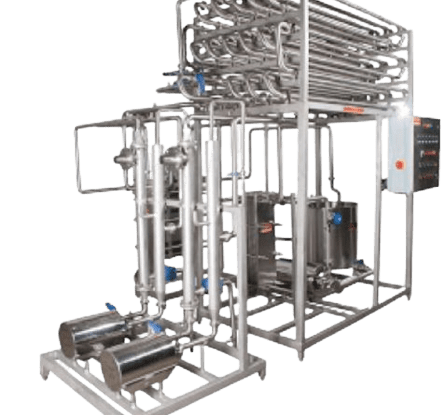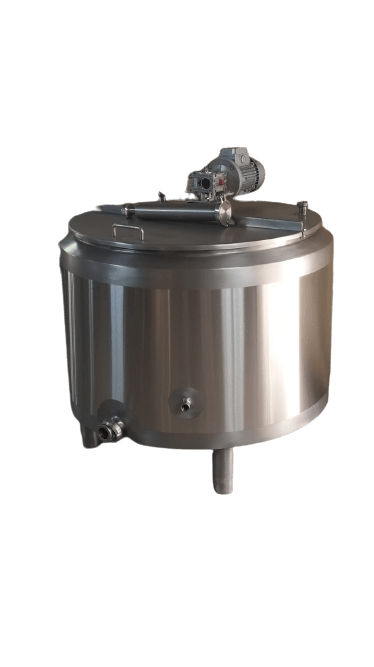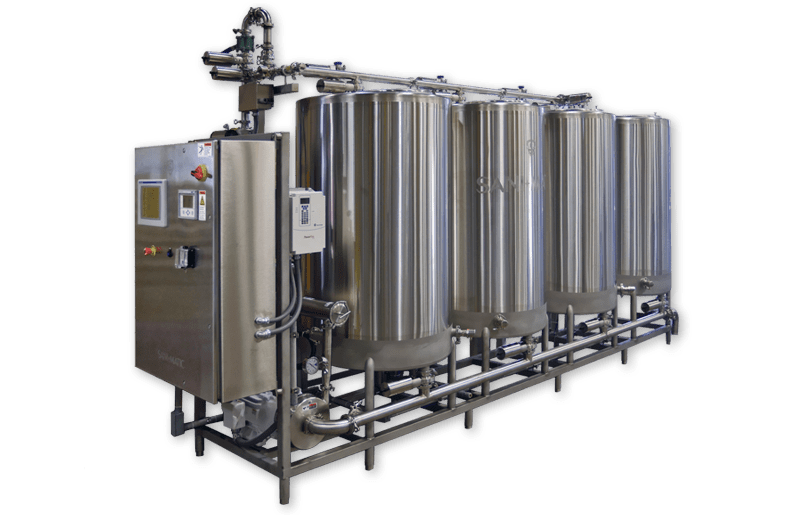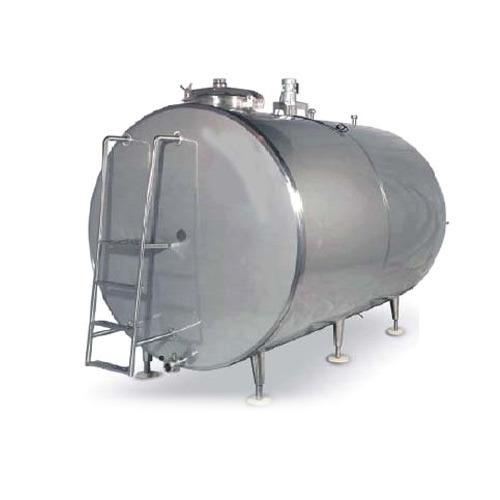Milk is one of the most significant products that are consumed by people from across the world. There are a number of milk processing plant that have been set up in order to cater to the needs of the consumers. There are developments taking place in the automation of dairy processing plants in the country. These have worked well to accentuate both the quality as well as the quantity of milk production in India. Milk is considered one of the most nutritious foods that are consumed by people worldwide.
Just like all the other industries, the dairy industry in India works to maximize the production, reduce the wastage, increase the profits and get rid of the carbon footprints.
The processing of milk includes various operations ranging from collecting milk from the farm, storing milk in tanks, separating, pasteurizing and homogenizing to improve the quality of the milk. The milk processing equipment typically consists of milk tanks that are used to store all kinds of milk raw, skimmed or cream, pasteurizers where the bacteria in the milk are killed and enzymatic activity is reduced, separators which prevent the entry of destructive air after pasteurization to ensure product quality and homogenizers that improve the taste, texture and other organoleptic properties of the milk. The result of all these operations is good quality milk.
Milk which is obtained in packages and bottles pass through a series of processes before it is made fit for consumption. All these processes are performed in the processing plants. It is then packed and sold in the consumer markets.
The entire process can be categorized into different steps. Milk is initially collected from the cattle in large farms and it is then checked for purity and quality. It is then transported to the plants where it is transferred to huge tanks. The milk is then separated and clarified. It is essential to separate bacteria and other contaminants from the milk to make it fit for consumption. After the clarification process, it is then processed again to separate full cream milk and toned milk.
The process of segregation is followed by the addition of fortified minerals and vitamins in the milk. The product is then made ready for pasteurization. In the process of pasteurization, the milk is heated in very high temperature and then cooled immediately to eliminate bacteria. The pasteurized milk is then homogenized to remove the fat content from the milk. Homogenization is quite essential as it helps to eliminate fat particles in the product. There are various types of milk products made available quite easily through both online and offline stores.
It is then packaged and sold to the consumer markets. Most of these packages include shelf life and expiry dates. Milk products are available in different form depending on the degree of fat in them. Most of these products can be bought from online stores too. This is how the entire cow farming in India is carried out. Today, there are various companies which offer substantial assistance to processing plants to procure and process milk in hygienic methods within a short period of time.
With the development of automated processing plants, it is easier to monitor the delivery of milk from the tankers and finally to the packets and bottles. Various technologies are being integrated in the automation process to further enhance the functions of the processing plants. Different automation applications are integrated into a single application through modern technologies.
Different programs are initiated to reduce the time consuming process of cleaning the processing plants which is an integral part of the industry. With the right type of applications, it is easier for the dairy industry to deliver quality products on time.
Explore
Related Products


